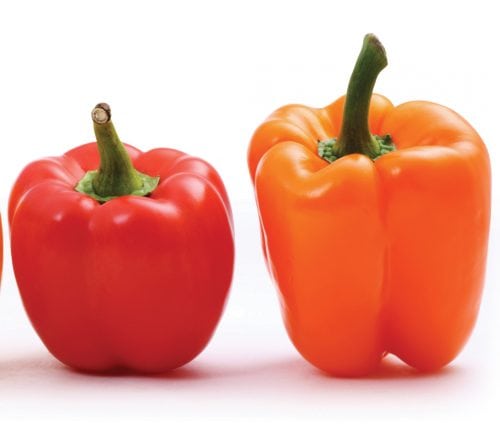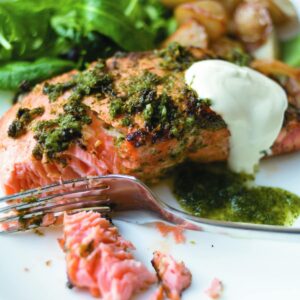
Heard all the chat about antioxidants and free radicals and wondered what it all meant? HFG senior nutritionist Rose Carr explains.
What are antioxidants?
Antioxidants are molecules that can delay or inhibit cellular damage by free radicals. Free radicals, which are produced as a normal part of metabolism, are highly unstable and linked to some diseases, but antioxidants can neutralise them.
Why are they good?
If free radicals overwhelm the body’s ability to regulate them, this leads to oxidative stress which is thought to be involved in many conditions, including inflammatory diseases and certain cancers. Our bodies produce some antioxidants, such as coenzyme Q10, but we also need to get other types from food. Examples include vitamins C, E and K, the minerals selenium and zinc and the many different groups of compounds found in plants, such as flavonoids and polyphenols.
Where do I get antioxidants?
Plants are full of them, so if our diets are rich in plant foods they will be naturally rich in a wide range of antioxidants. Some foods are particularly high in antioxidants, for example dark berries are rich in anthocyanins, while orange and red vegetables are rich in carotenoids. We receive relatively low levels of hundreds of different antioxidants from the foods we eat.
Beyond antioxidants — the bigger picture
Diets rich in vegetables, fruits and whole grains have long been shown to be the healthiest. Research cannot show that this is purely because of the antioxidants in plant foods; it may be this is one of a number of ways in which this type of diet is beneficial. It could also be that a diet rich in plant foods is lower in other foods that increase disease risk. So we just need to stick to what we do know, that more plant food in our diets is healthy.
Is that the full story?
More recent research has highlighted that antioxidants can also act as pro-oxidants under certain conditions. That is, they can stimulate oxidative stress and scientists now think a small amount of oxidative stress can stimulate a protective response. There is a lot more to learn about antioxidants!
Article sources and references
- Braakhuis AJ & Hopkins WG. Impact of dietary antioxidant on sports performance: a review. 2015 Sports Medicine online 20 March 2015https://www.ncbi.nlm.nih.gov/pubmed/25790792
- Carocho M & Ferriera IC. 213. A review on antioxidants, prooxidants and related controversy: natural and synthetic compounds, screening and analysis methodologies and future perspectives. Food and Chemical Toxicology 51:15-25https://www.ncbi.nlm.nih.gov/pubmed/23017782
- Chiva-Blanch G & Visioli F. 2012. Polyphenols and health: moving beyond antioxidants. Journal of Berry Research 2:63-71https://pdfs.semanticscholar.org/dc71/1859ac16abd1dfec740b23cbf803d5d64d72.pdf
- Halliwell B. 2012. Free radicals and antioxidants: updating a personal view. Nutrition Reviews 70:257-65https://www.ncbi.nlm.nih.gov/pubmed/22537212
www.healthyfood.com










